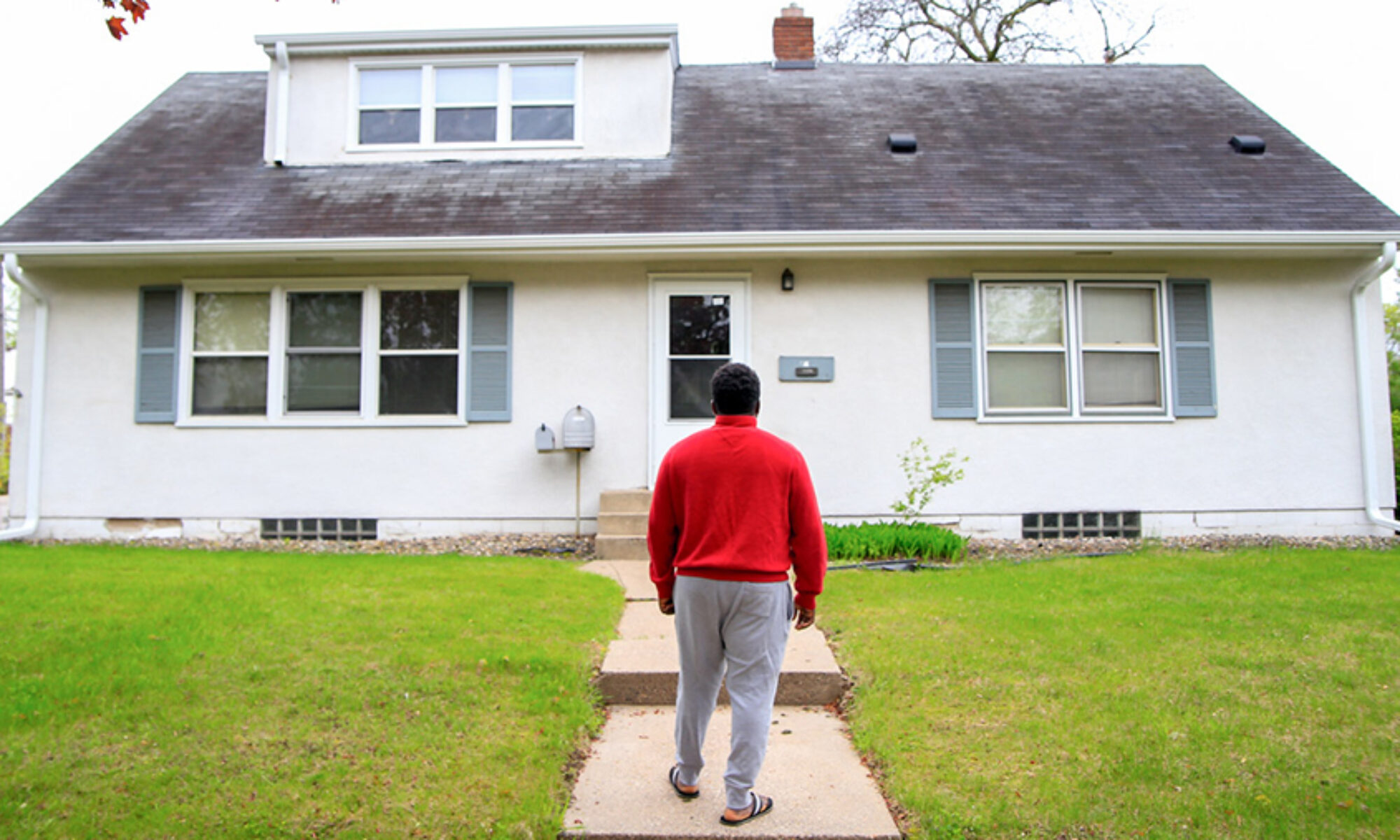Sarah Miller, founder of Jonathan House, tells the behind-the-scenes wonders of how Jonathan House went from thought to action. Miller calls the idea the ‘pie in the sky,’ a little out of reach, but attainable with faith and prayer.
by Tatiana Lee, Guest Author

Need to start from the beginning of the story? Read A Hopeful Haven: Part 1 first.
The Vision
In 2013, Miller decided to research more about asylum seekers in the US context. She wanted to compare her experiences working with asylum seekers in Germany to what happened to asylum seekers in her own country.
She was confounded by what she discovered.
In Germany, the government provided housing, food, essential medical care, and education for asylum seekers. They were not allowed to work, but the German government made sure they were provided for while their cases were being decided. The situation for asylum seekers in the US was a very different story. The federal government did not provide food, shelter or education. The asylum seekers were not allowed to work for a minimum of their first six months in the US; this wait period before qualifying for legal work authorization has recently changed to 365 days. The more shocking part was the US government often held asylum seekers in detention centers, even though they had committed zero criminal acts.
The detained asylum seekers had done one thing: crossed the border in search of asylum, a legally-recognized right by both international and US law.
Around this time, Tom Albinson, Miller’s boss at International Teams, left and started a new missions organization called International Association for Refugees (IAFR). While she stepped into a different role as International Teams’ U.S. Area Director, ultimately Miller decided to join Albinson’s small but growing team at IAFR so she could address the large gap she noticed in the US government’s response to asylum seekers.
Miller’s first assignment was to research the situation. She looked into a lot of ideas and concepts nationally, trying to figure out who was doing what with asylum seekers. Miller had an intern from Bethel University help her investigate what was happening locally, as well. They met with anyone and everyone in the Twin Cities engaged with asylum seekers in some way, shape or form. Through this process, Miller came into contact with Center for Victims of Torture (CVT), The Advocates for Human Rights, Sarah’s…an Oasis for Women, The Basilica of St. Mary and a couple other church groups.
Through this local research, Miller saw two concerns. First, the various groups and organizations were not well connected with each other. While talking to one group, they would tell Miller to talk to another group about a matter that came up. It raised a question, “What would happen if at minimum we each knew of each other and what we had to offer asylum seekers? How could that benefit asylum seekers here in the Twin Cities?”

The answer resulted in the establishment of the Minnesota Asylum Network. In 2016, Miller and an intern from Advocates for Human Rights started to gather the Minnesota Asylum Network for quarterly “sack lunch” events to discuss or learn challenges specific to asylum seekers.
Through these meetings and research, the second concern Miller became aware of was the gap in housing for asylum seekers. There are around 3,000 refugees seeking asylum in MN and only 50 beds in the Twin Cities shelters available specifically for asylum seekers.
Miller started praying, asking God about the housing issue, and asked her boss about what a solution would look like. Albinson told her to write a project proposal.
Miller wrote up a proposal for a supportive housing program that would guide asylum seekers into a safe space of shelter, practical help, and community in Minneapolis-St. Paul. A space granting asylum seekers a chance to survive and recover from the trauma of forced displacement.
But what to call it?
Miller thought of a story Albinson, IAFR’s founder, told her once. Albinson was at a refugee camp when a man came to him and asked if he could open a door for the man to get into the US. Albinson could not, but asked to pray with the man at the camp. Albinson was grateful for the opportunity of prayer he had with the man at the camp because it encouraged the man.

Albinson compared that to the story of David and Jonathan, when David was on the run for his life and was hiding in caves. Jonathan could not change the circumstances of David’s life, but he did go to him and was present with him in helping find strength through God.
Miller decided to call the project Jonathan House.
Miller submitted the proposal; the IAFR board approved. Miller was excited, but also asked herself: what was next?
Read the conclusion of the story at A Hopeful Haven: Part 3.

